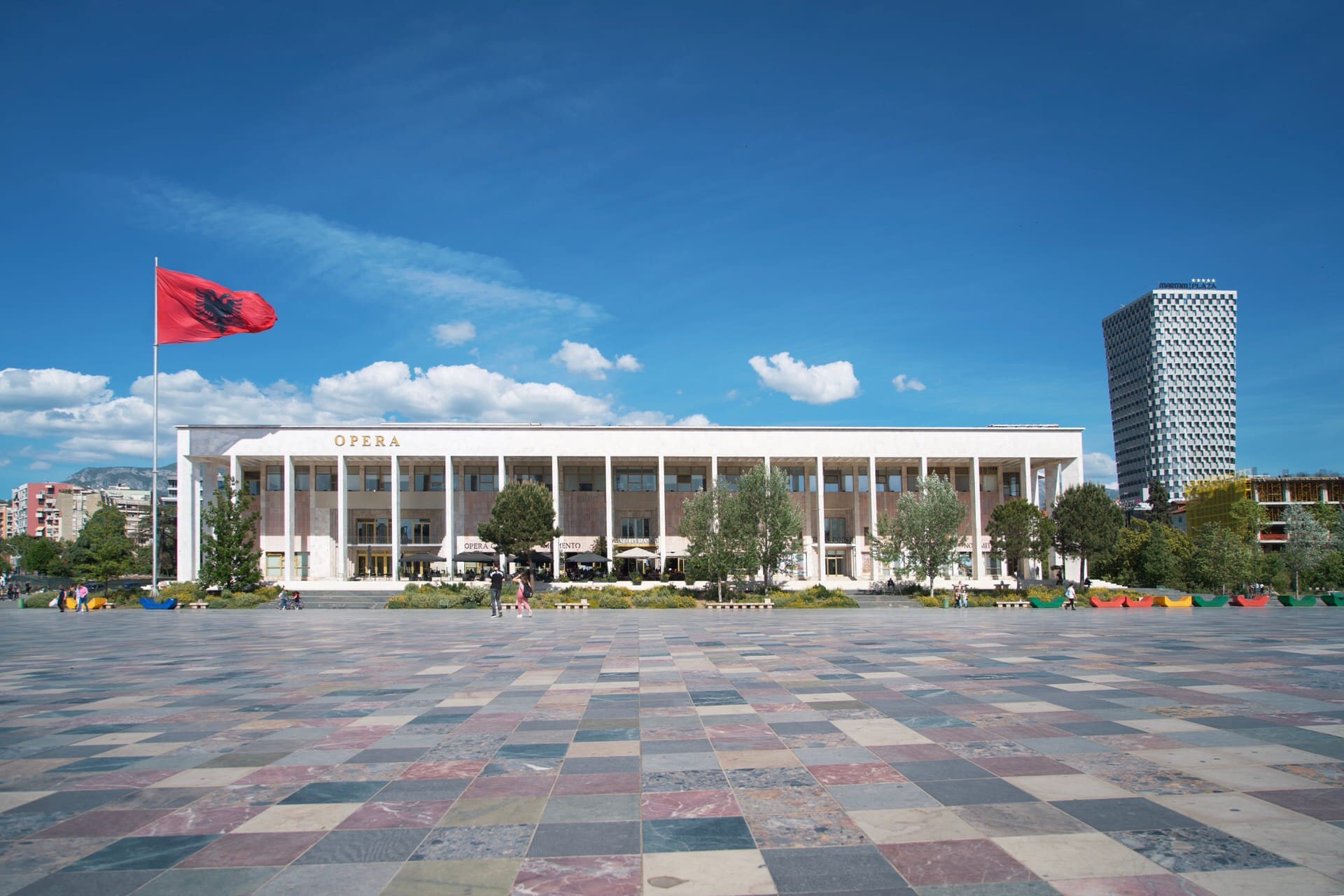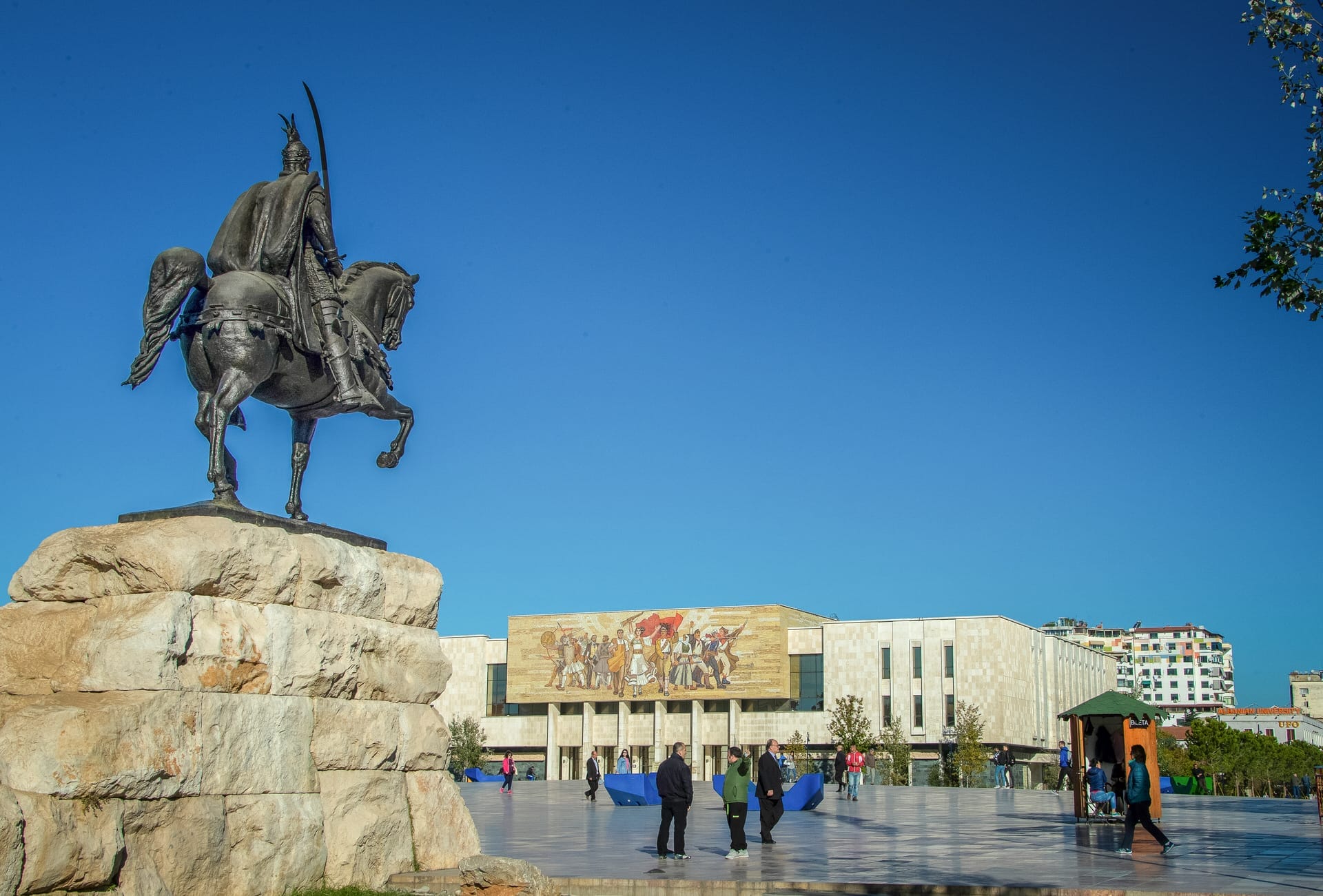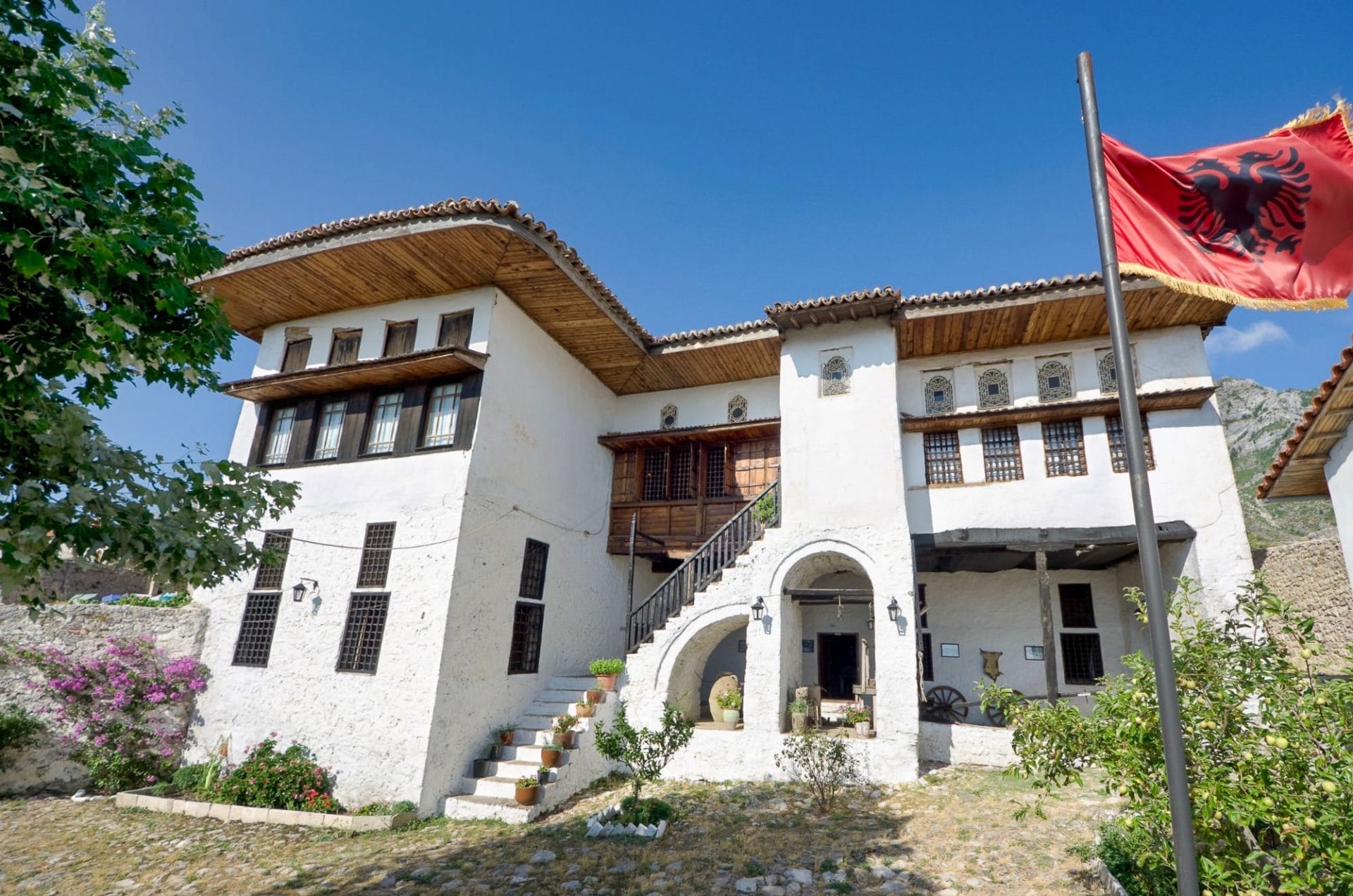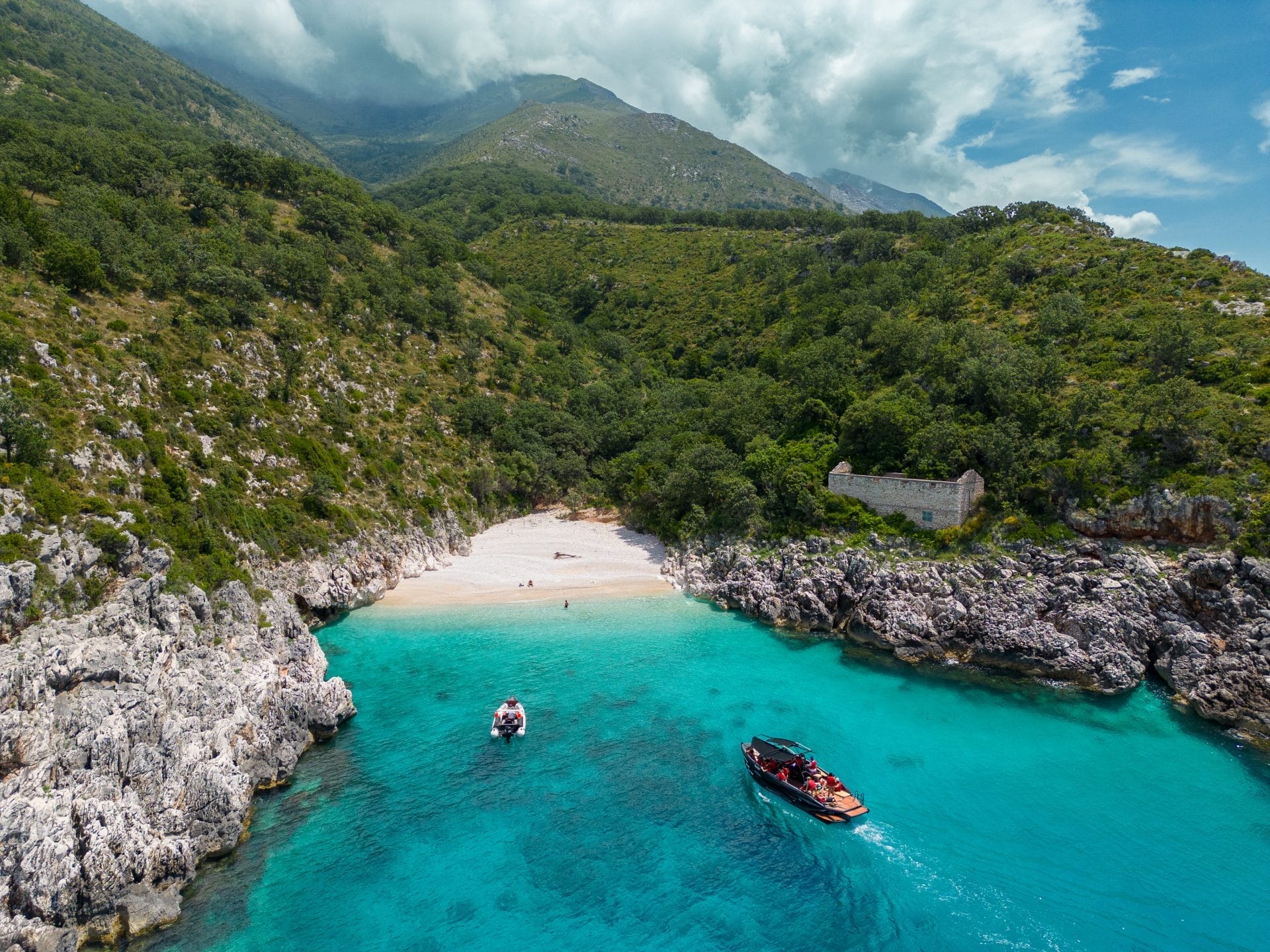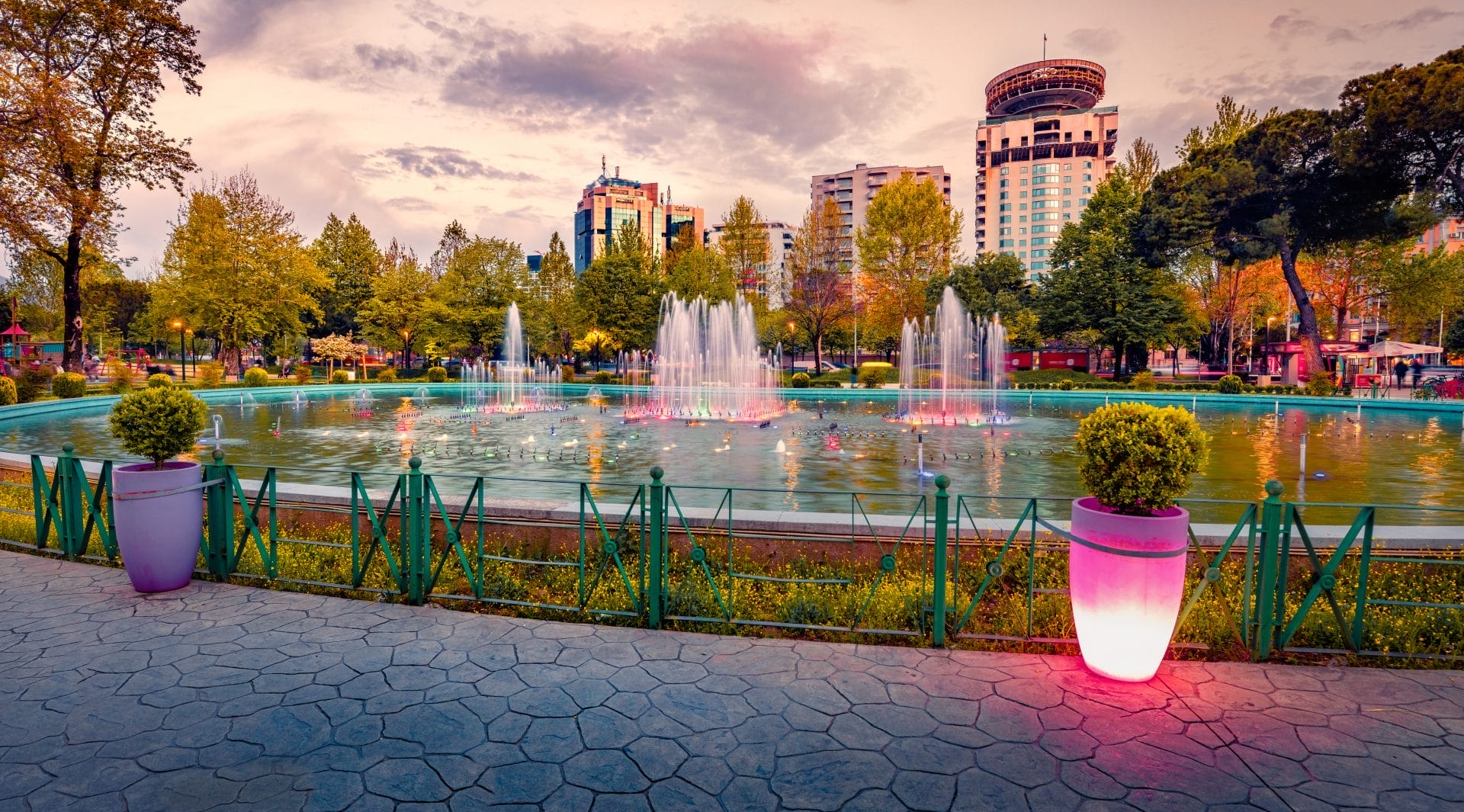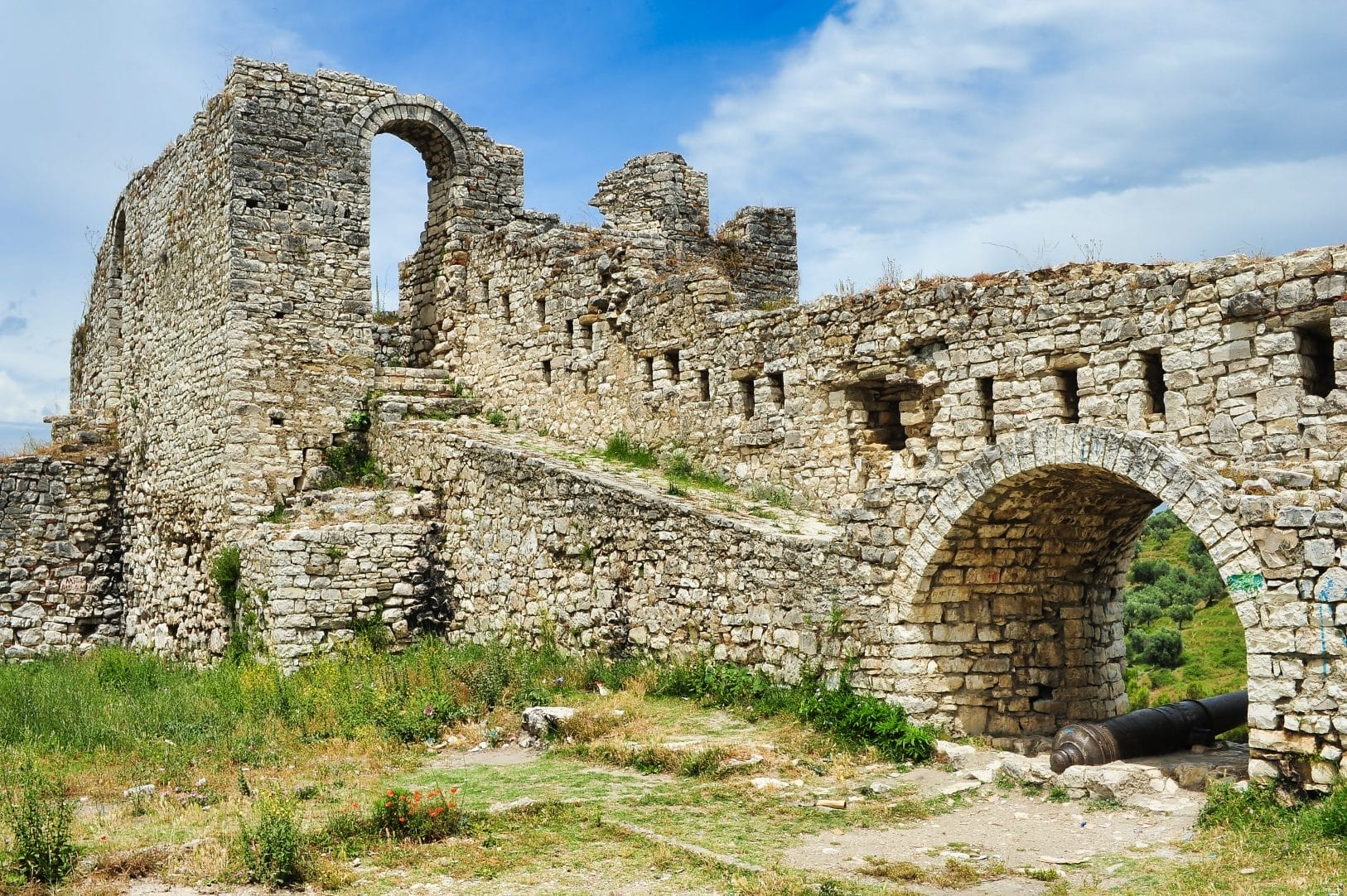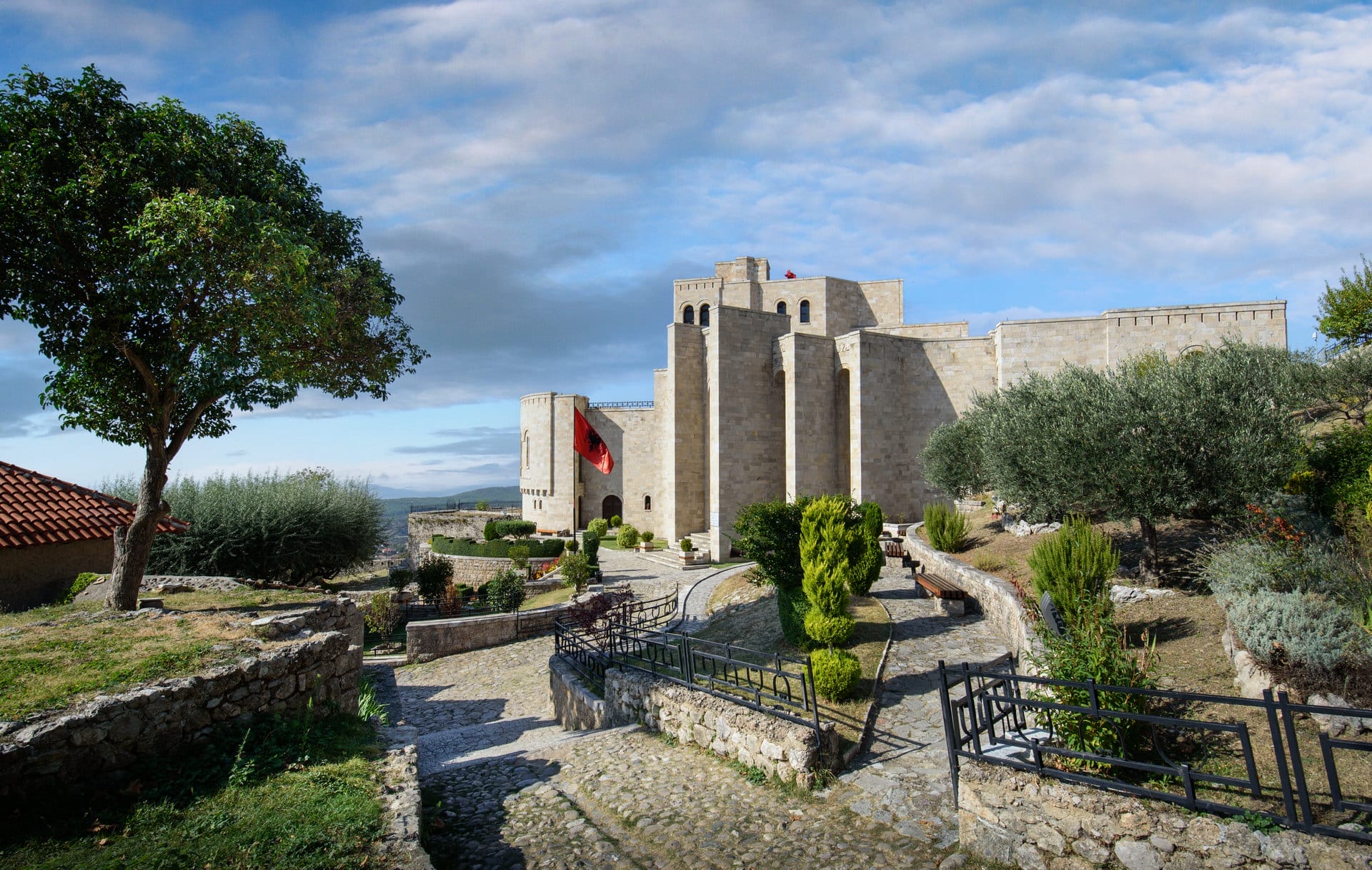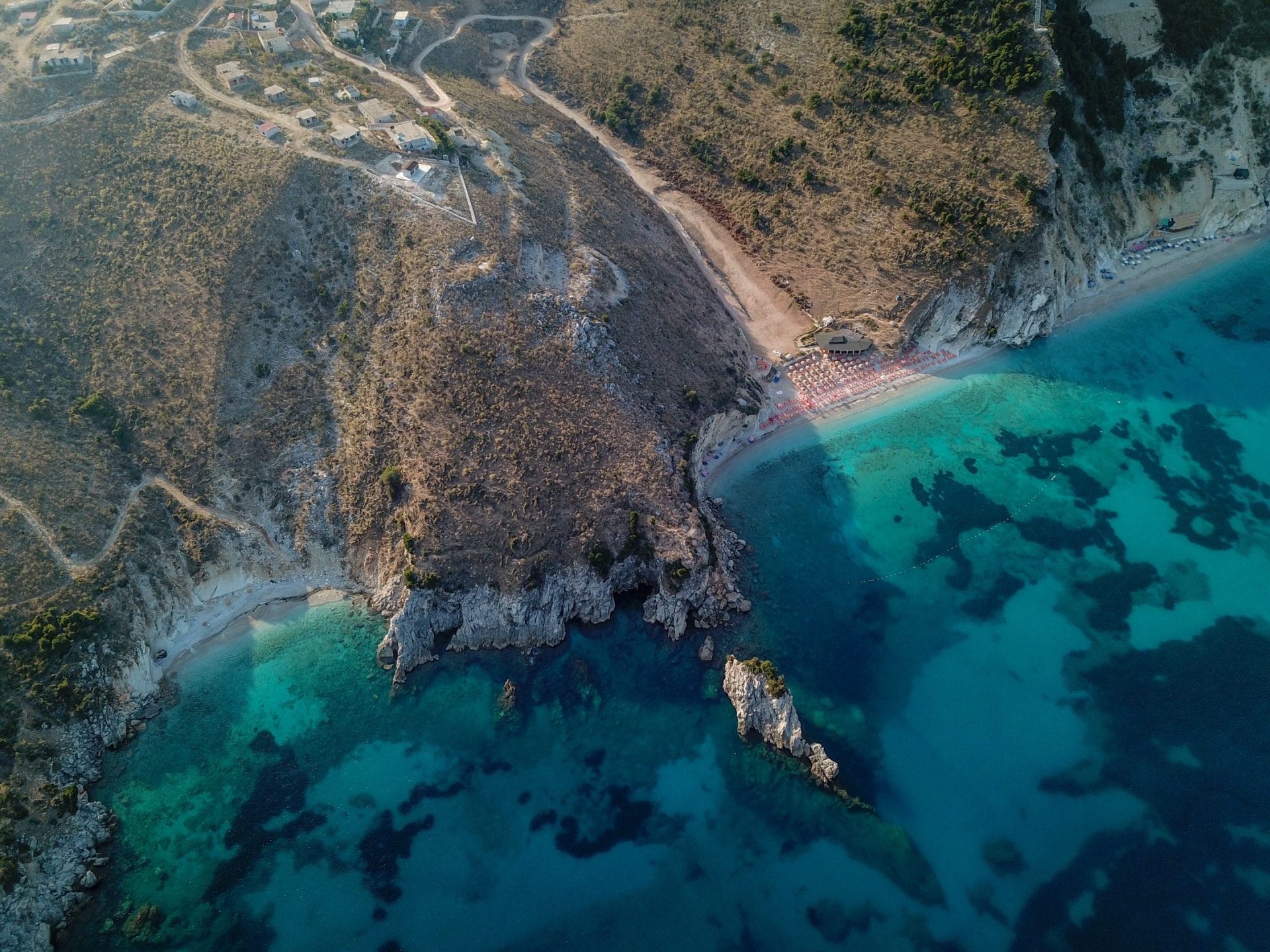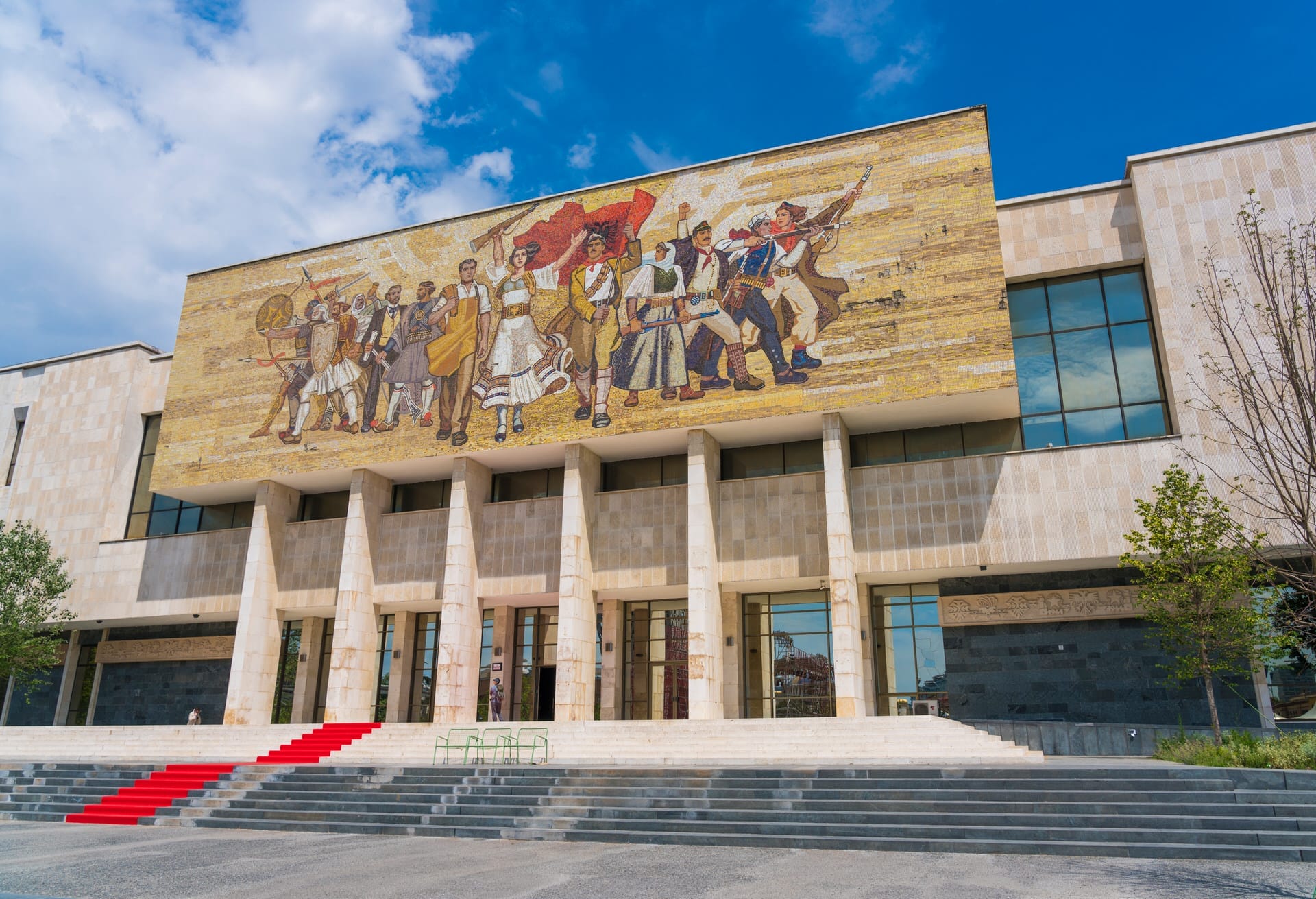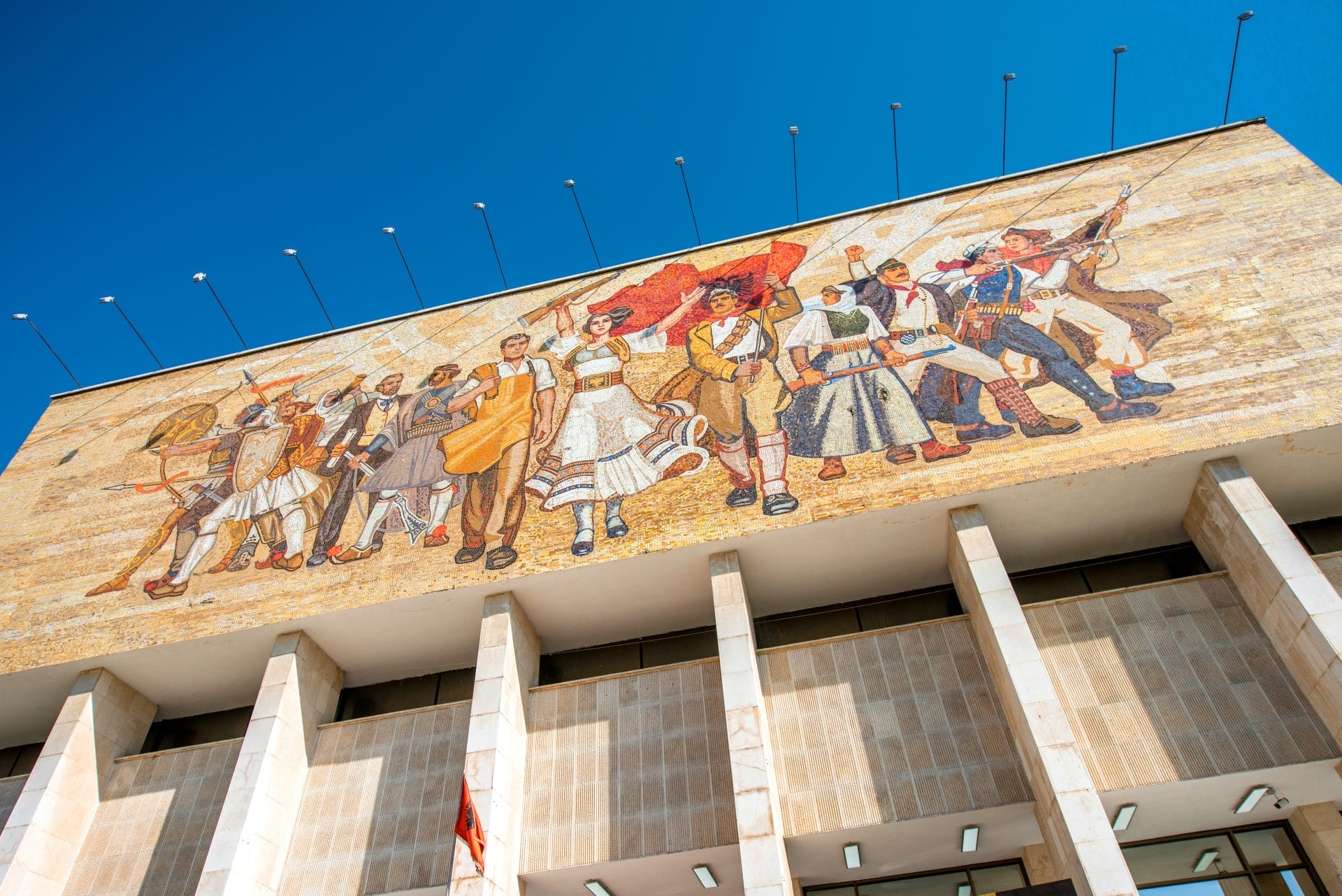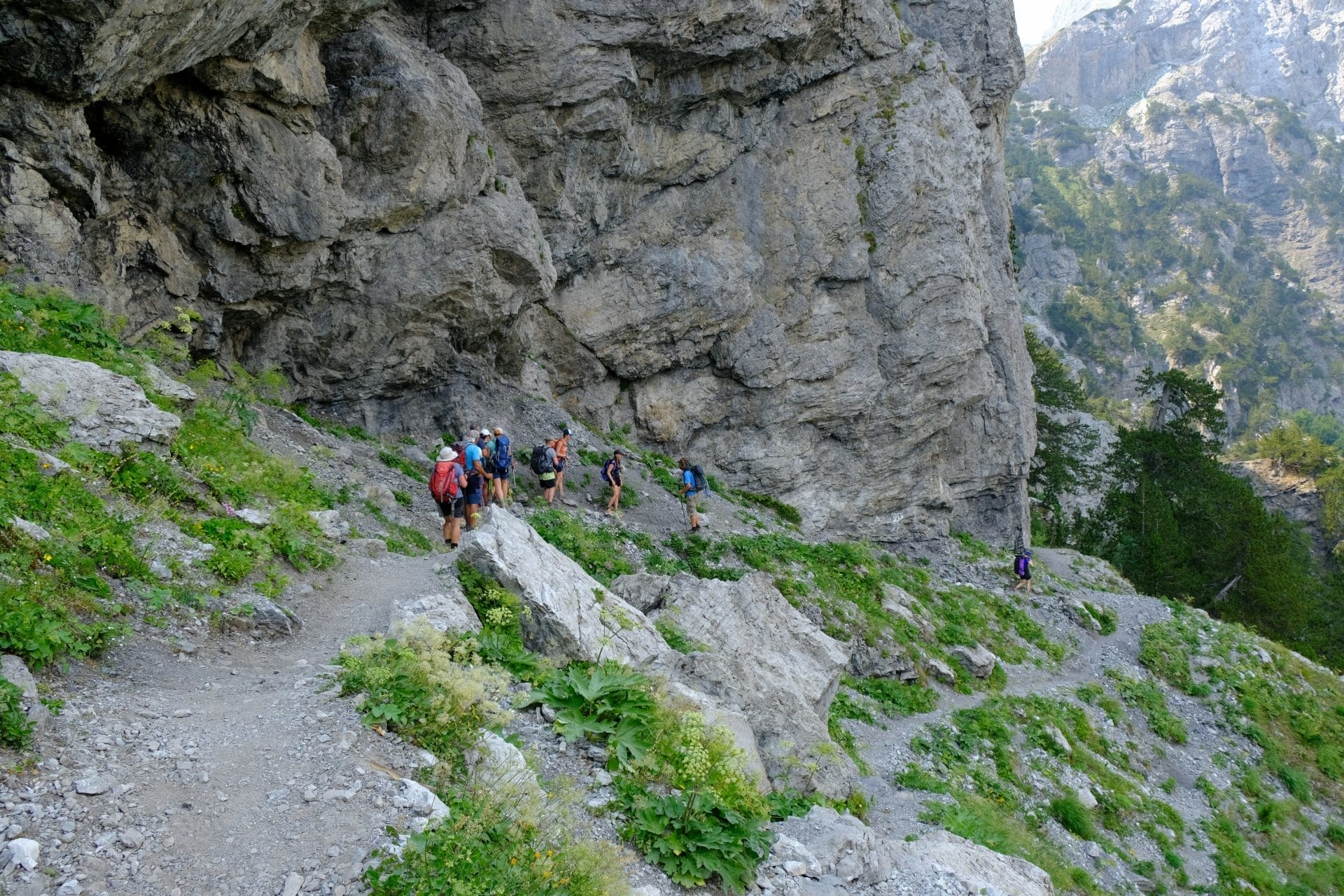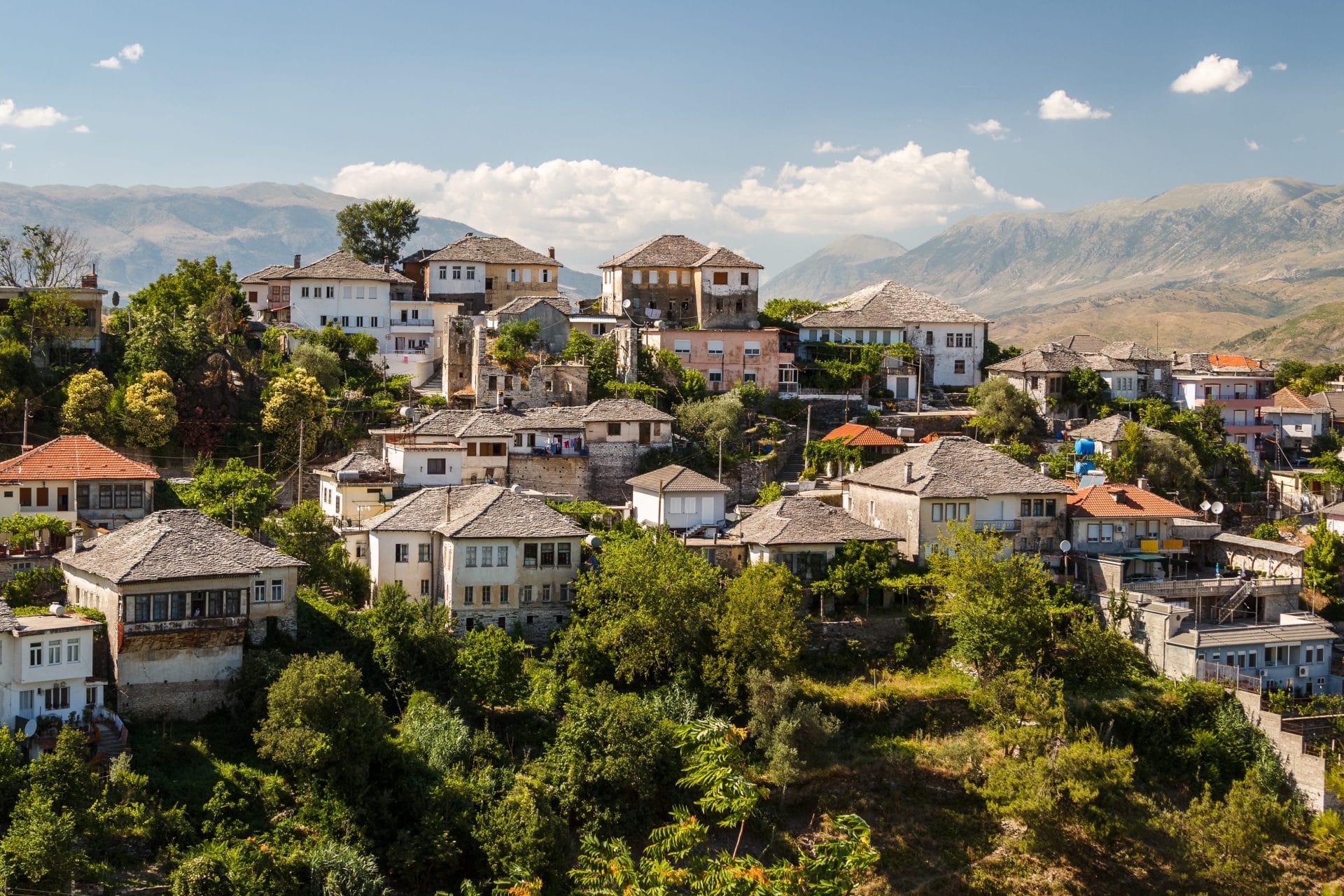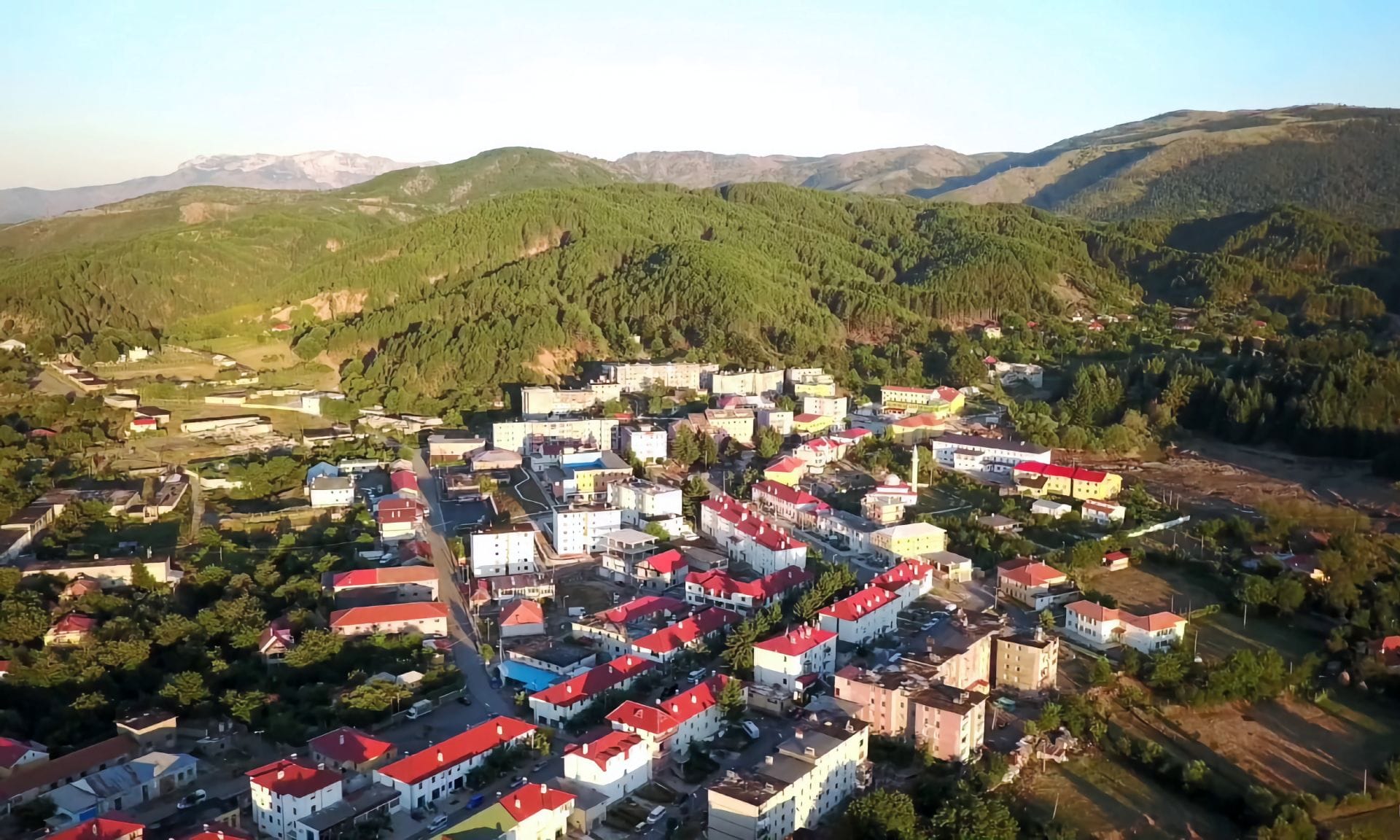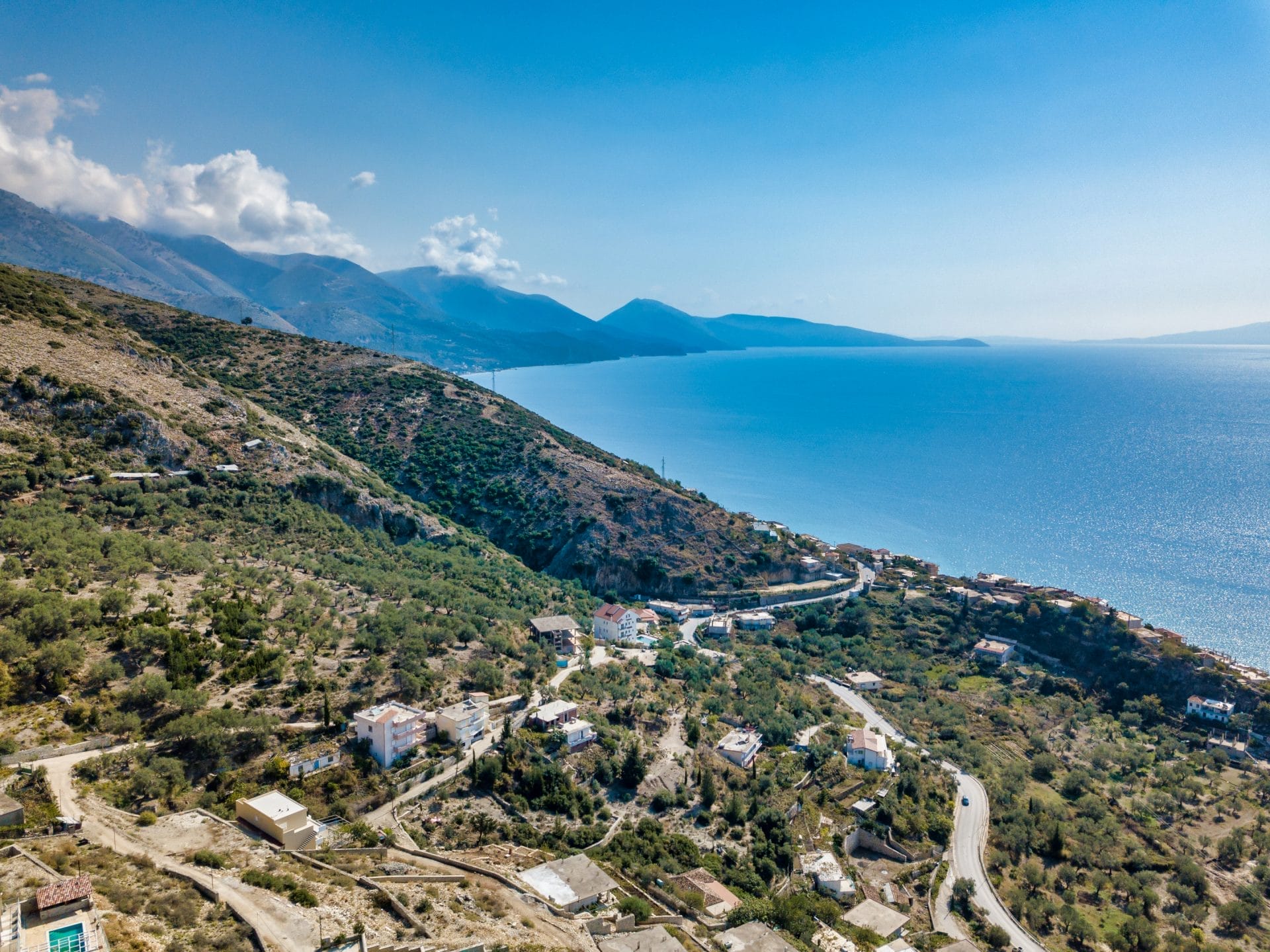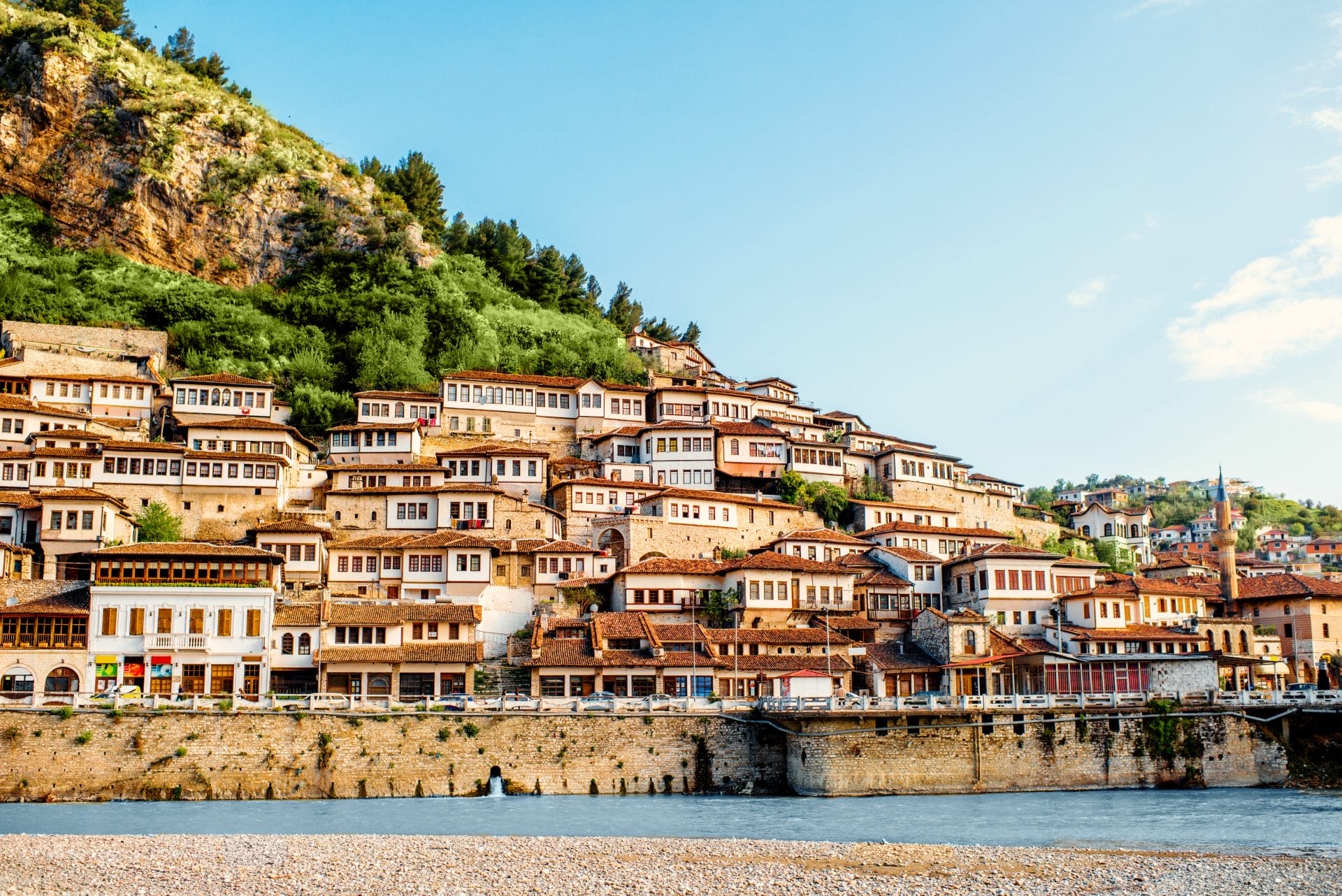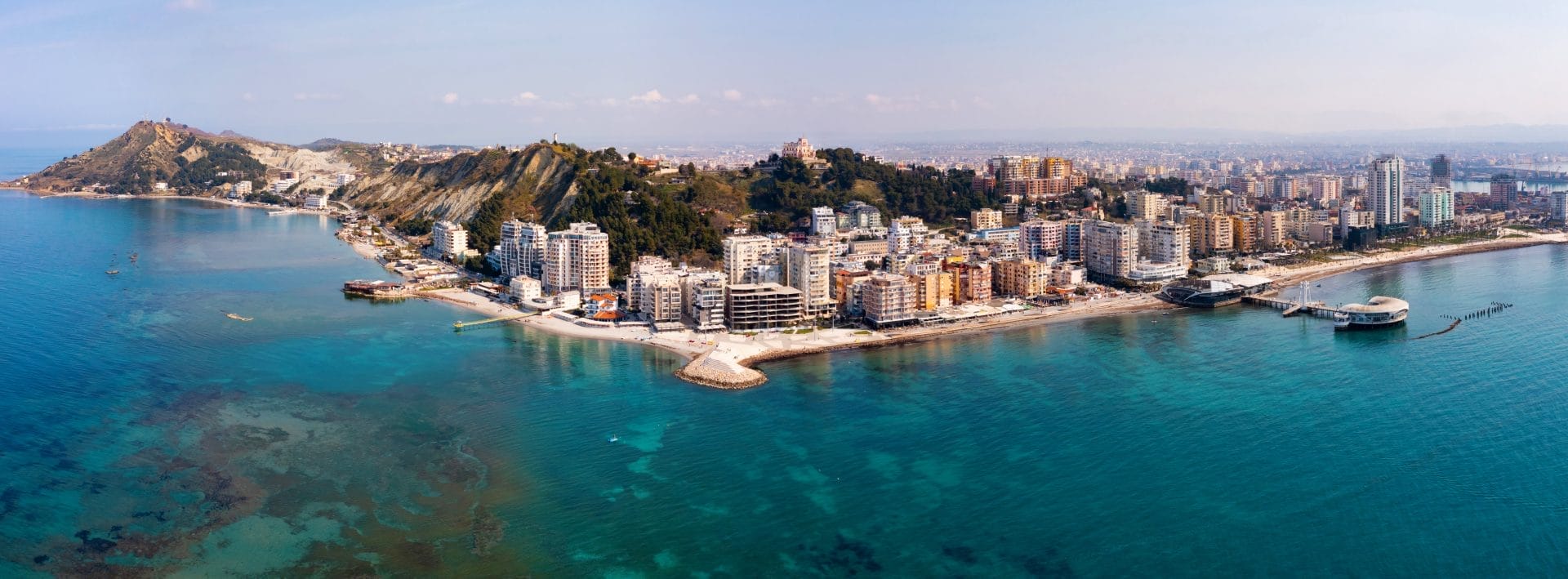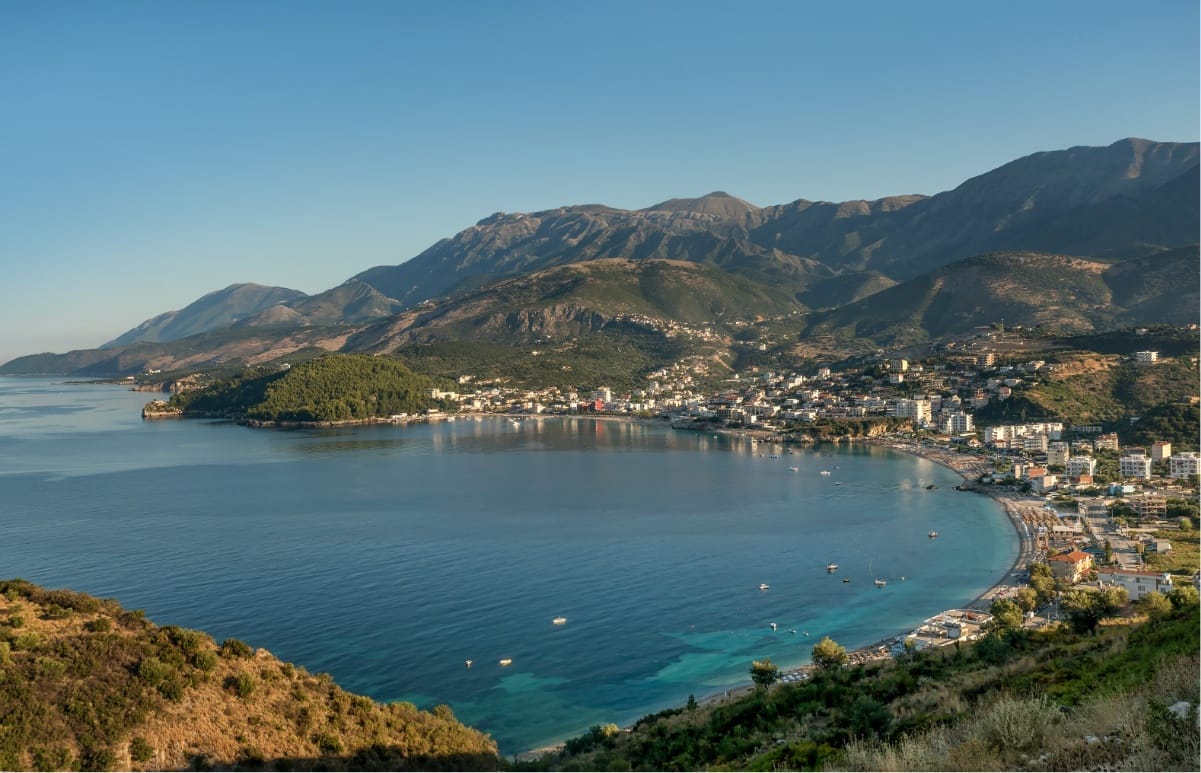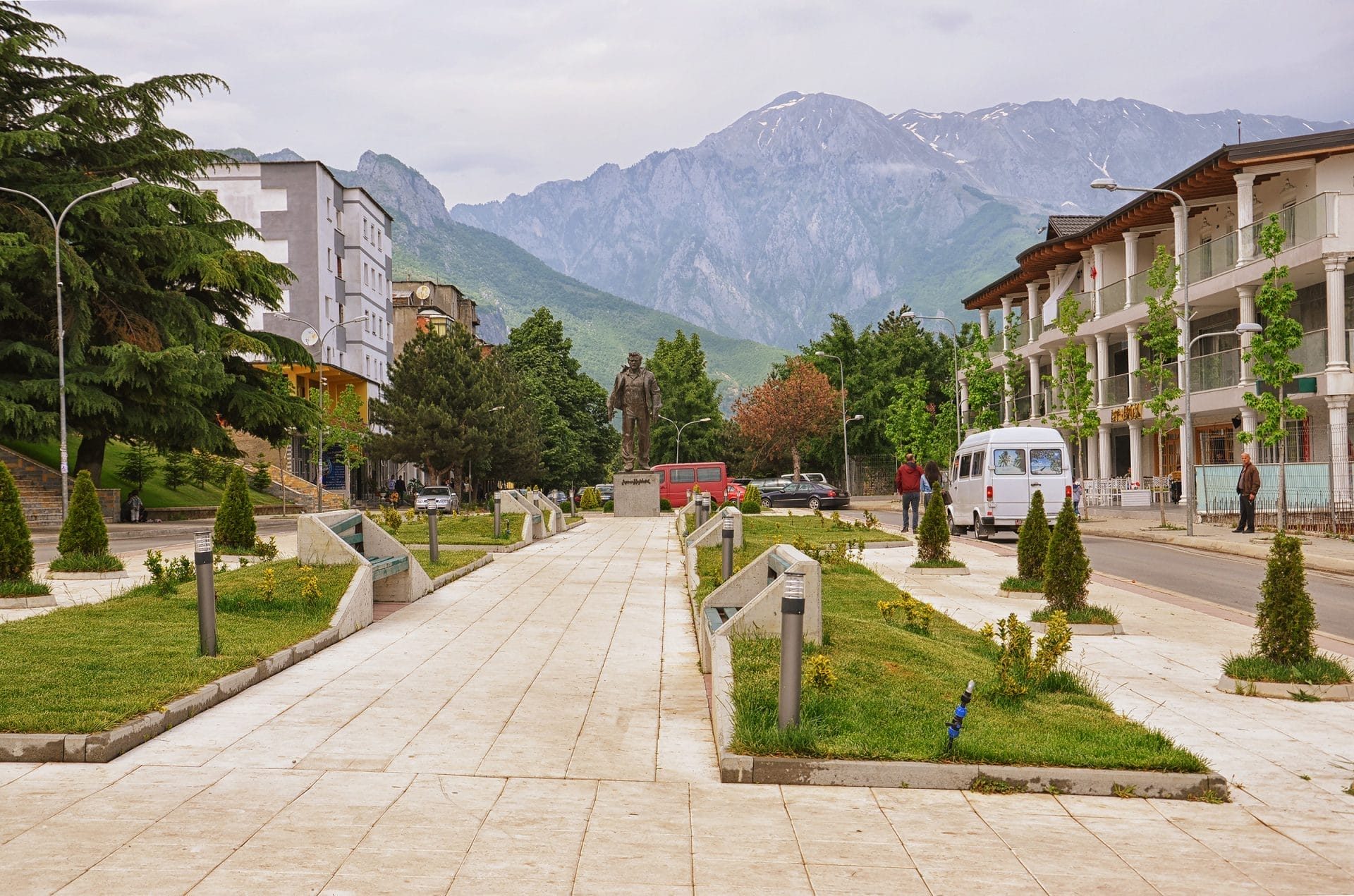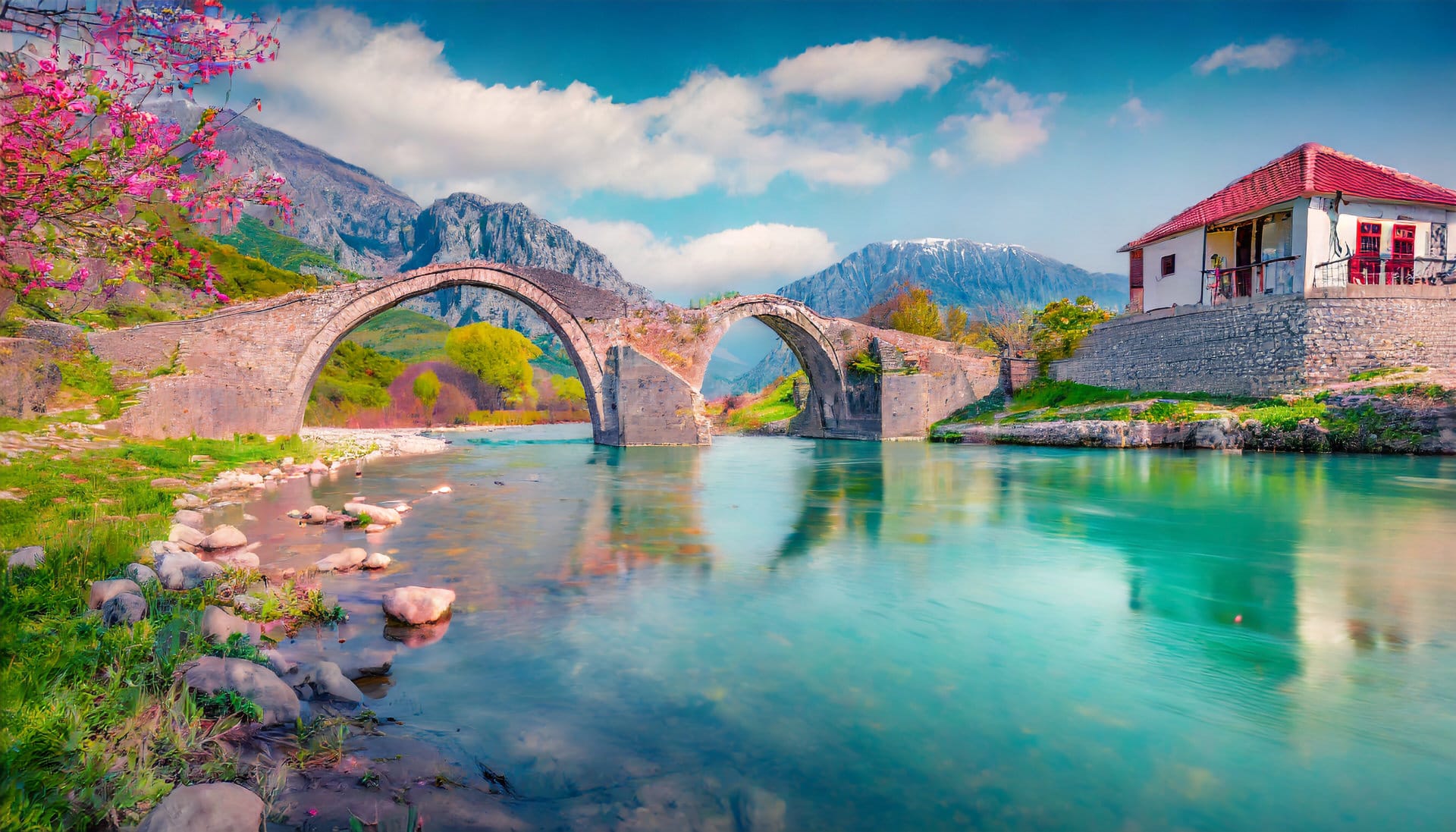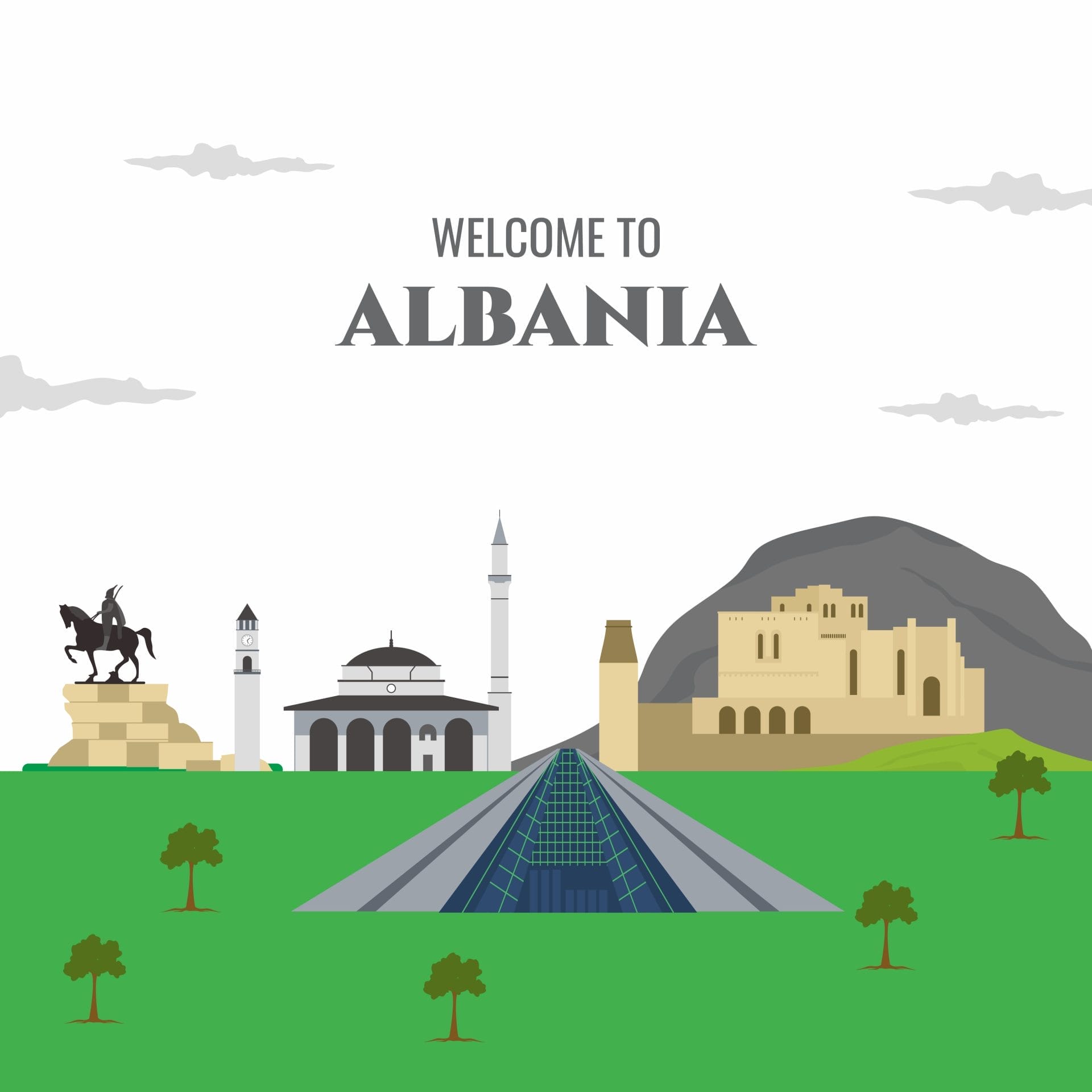
Why Visit the Opera House
Standing conspicuously near central Skanderbeg Square lies one of Albania’s most revered institutions celebrating national talent and bringing treasured global performances to local audiences for over six decades — the grand National Opera and Ballet Theatre. As the lone dedicated venue fostering the country’s orchestral, choral, and dancing arts, this elegant building beckons globally curious travelers to admire Albania’s thriving homegrown music scene.

The History Behind Albania’s Cultural Epicenter
The inception of Albania’s professional philharmonic orchestra and artistic ensembles can be traced originally to 1950, over 75 years ago, when modest rehearsal spaces accommodated performances within shared government buildings and facilities lacking proper acoustics, seating, or staging. By utilizing early 20th-century neoclassical structures left from Italian occupation eras, the clusters of passionate musicians, vocalists, and dancers slowly professionalized while putting Albania’s composers prominently beside European classics, requiring translation finesse bridging cultural divides under isolationist regimes.

After temporary venues, the construction of the dedicated Palace of Culture finally offered a suitable central headquarters for the country’s ballooning opera, ballet, and orchestral productions to premiere from the mid-1960s onwards. Over six decades later, the National Opera and Ballet Theater near Skanderbeg Square anchors Albania’s music education system, training new generations of promising artists ready to showcase their talents for global audiences.
Diverse Performances Spanning Albanian Originals and Classics
While structuring programming similar to traditional European repertory theaters, this storied Albanian institution strikingly balances local premieres like mid-century operas “Mrika” or “Lulja e Kujtimit” themed around the country’s intricate tribal norms and histories with internationally renowned touchstones such as “Romeo & Juliet” or “Swan Lake” conditioned for local culture. Audiences still swoon hearing one of Prenk Jakova or Tish Daija’s new Albanian-language compositions broadcast from the same ornate theater hosting full symphony orchestras occasionally performing Beethoven or Mozart.
During a typical season between September and June, the National Opera and Ballet Theater entertains over 100,000 annually across 150 or more performances, from full operas and theater to intimate small ensemble concerts focused on traditional Albanian folk pieces or regional interpretations blending Western instruments with Forrest and Mediterranean musical influences. Special holiday offerings around New Year’s attract the most public attention, while summer outdoor festivals maintain energy despite brief operational respites.
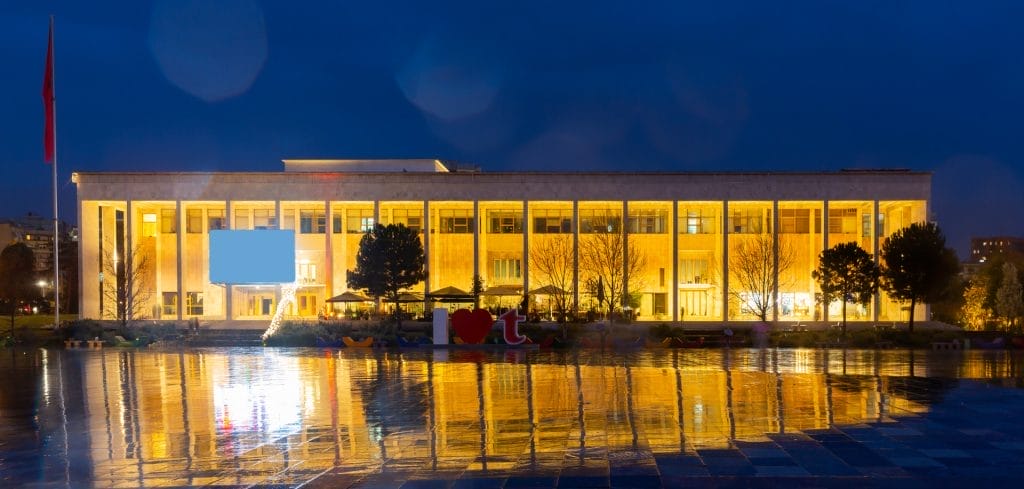
World-Class Productions Displaying Refined Talent
While an outwardly imposing Brutalist architectural style characterizes Tirana’s National Opera and Ballet Theater physically, inside world-class acoustics matched with lavish Soviet-inspired interiors allow the country’s finest classically-trained vocalists, musicians, and dancers displaying their refined talents nurtured proudly despite Albania’s extended isolationist period limiting external creative exposure.
Much credit shines upon pioneering company leaders who honed the orchestra, choir, and ballet ensemble through the isolationist decades by creatively underscoring Albanian language performances of famous operas or ballets for local audiences. But contemporary performers and composers now channel influences from modern schools abroad, which help Albania’s national theater continue pushing creative boundaries on par with esteemed European counterparts.
Visiting the Theater and Exploring Tirana’s Arts Scene
Casual visitors exploring Albania’s capital city will appreciate the dominating architecture marking the National Opera and Ballet Theater along the central thoroughfare crosscutting downtown. But venturing inside the main hall and museum-like wings displays why the venue remains renowned as a cultural jewel for Albania and the entire Balkan region.
Better yet, booking tickets to a weekend opera or concert provides memorable opportunities to witness talented singing, musicianship, and undefeated dancing, even throughout eras of isolation. Let world-class Albanian talents proudly pull you into their community by enjoying a show in the same prestigious hall that has hosted performers for over 50 years.
Emerging from performances, further discover Tirana’s thriving contemporary art scene by visiting the neighboring National Art Gallery or experimental exhibits at universities and warehouses-turned galleries clustered within still gritty blocks recalling the city’s spirited bohemian flare.

